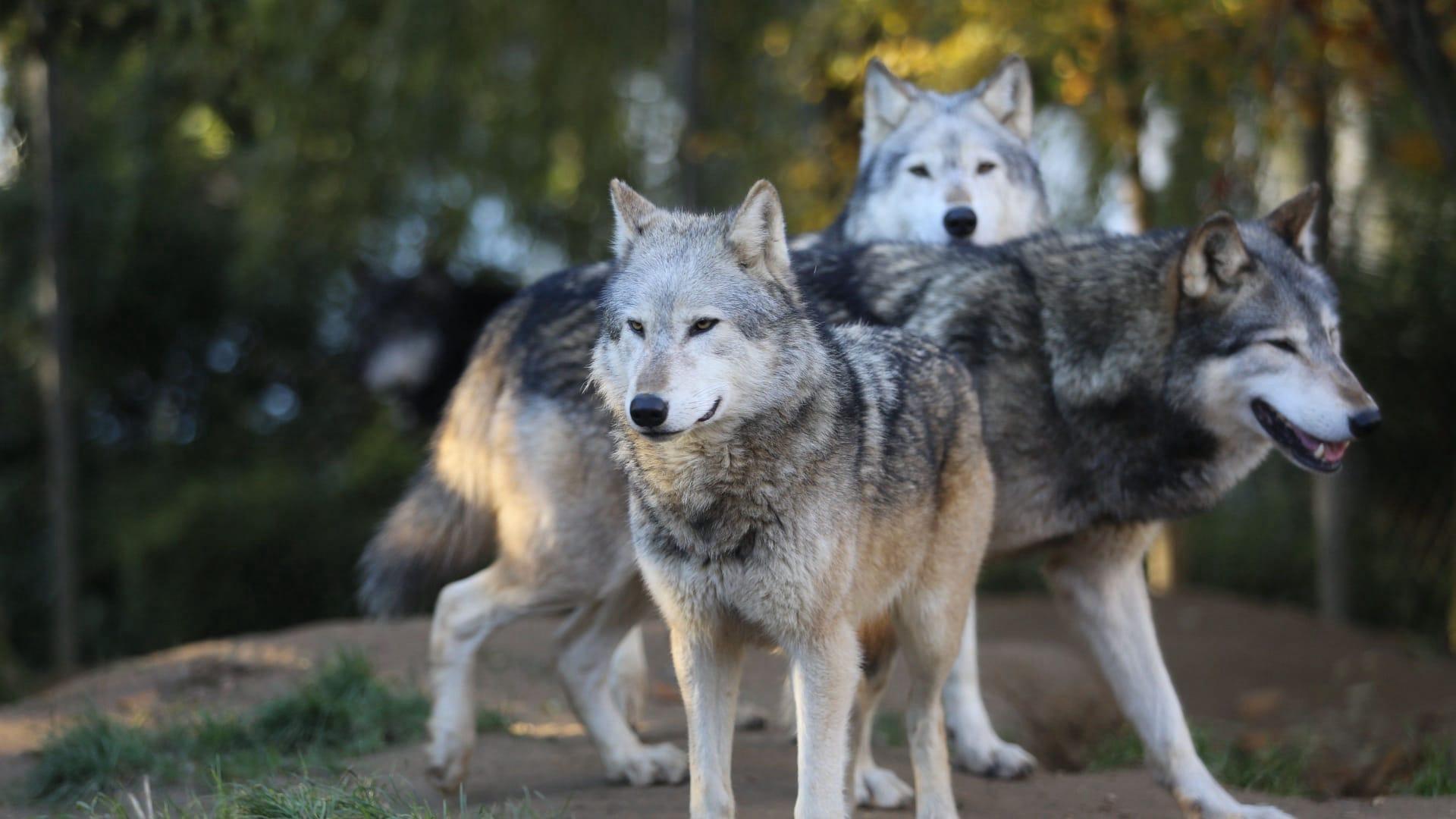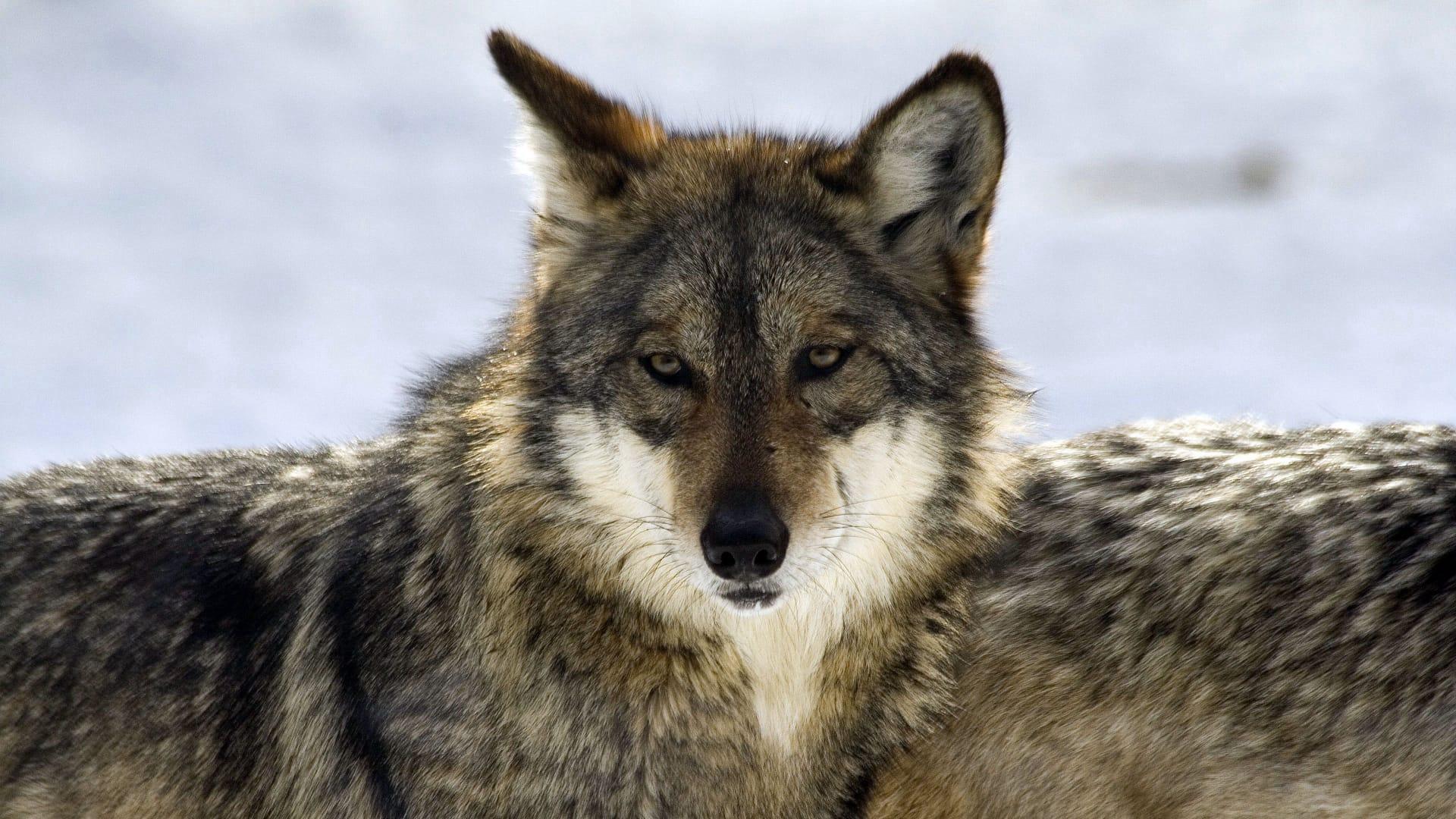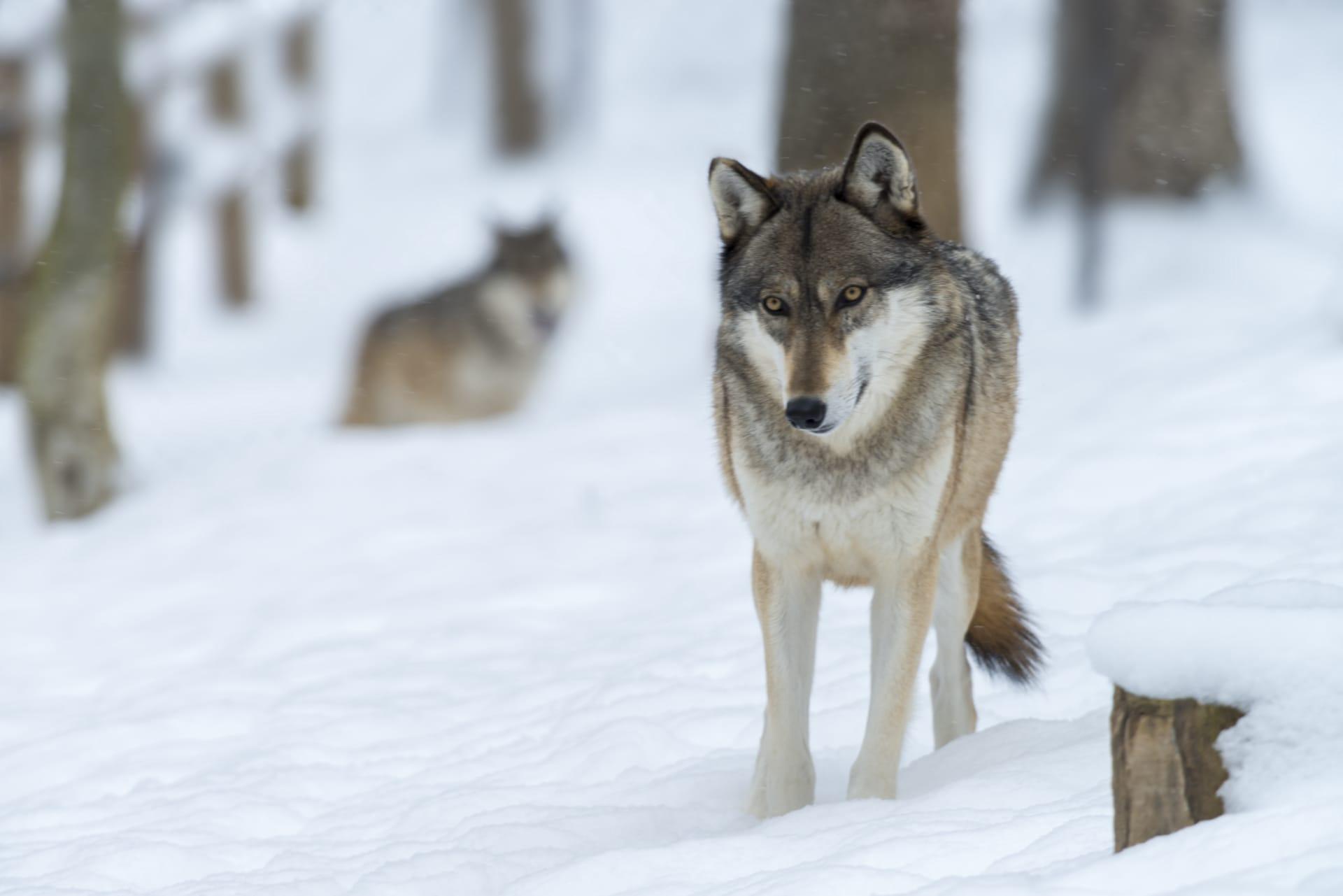Grey Wolf Characteristics
- Home /
- Mini Encyclopedia /
- Animal /
- Grey Wolf Characteristics
1
Grey wolves, or Canis lupus, are majestic creatures known for their robust build and impressive adaptability. An adult grey wolf typically measures about 4 to 6.5 feet in length, including its bushy tail, which is about 13 to 20 inches long. Standing about 26 to 32 inches at the shoulder, they weigh between 50 and 130 pounds, with males generally being larger than females. Their lifespan in the wild averages 6 to 8 years, though they can live up to 13 years in protected environments. This relatively short lifespan is often due to factors like hunting, habitat loss, and conflicts with humans.
The most remarkable organ of a grey wolf is arguably its nose. A wolf's sense of smell is incredibly acute and far superior to that of humans. It can detect scents up to 1.75 miles away in favorable conditions. This powerful nose aids in hunting, as wolves can track the scent of prey over great distances. Additionally, their sense of smell plays a crucial role in communication with other pack members, as they use it to detect pheromones and other scent markers left by their peers.

2
Question: What do grey wolves eat and how do they hunt?
Answer: Grey wolves are apex predators with a diet mainly consisting of ungulates, large hoofed mammals like deer, elk, and moose. They are also known to eat smaller mammals, birds, fish, and even fruit when larger prey is scarce. Hunting strategies of grey wolves involve a combination of stalking, ambush, and endurance running. Wolves are capable of reaching speeds up to 37 miles per hour in short bursts and can travel several miles while tracking prey. They often hunt in packs, coordinating their movements to outmaneuver and exhaust their prey. This pack hunting strategy is key to their success in taking down large animals that a single wolf would struggle to overpower.

3
Grey wolves are known for their remarkable stamina and agility. They are capable of covering vast distances, often traveling up to 30 miles in a single day. This endurance is vital for tracking and hunting prey across their large territories, which can span up to 1,000 square miles. Wolves' long legs and lean bodies are adapted for efficient, long-distance travel over various terrains, from dense forests to arctic tundra.
In terms of predation, grey wolves employ a unique blend of strength, intelligence, and teamwork. They are strategic hunters, often targeting weak, old, or young animals in a herd. Their technique involves a careful approach, followed by a rapid chase, aiming to isolate and tire out their prey. Once the prey is exhausted, wolves use their powerful jaws, which can exert a biting pressure of about 1,500 pounds per square inch, to deliver a lethal bite. This collaborative hunting method reflects their complex social structure and communication skills.

4
Grey wolves are incredibly adaptable and can thrive in a variety of environments. They are found in North America, Europe, Asia, and Northern Africa. Their habitats range from the Arctic tundra to woodlands, forests, grasslands, and even deserts. This adaptability to different ecosystems is a testament to their versatility and survival skills. Grey wolves require large territories for hunting and are often found in remote wilderness areas, though they can occasionally be spotted near human habitats.
Reproduction is a key aspect of grey wolf life. They are monogamous, typically forming lifelong pairs. Breeding season occurs once a year, from January to March. After a gestation period of about 63 days, the female gives birth to a litter of 4 to 6 pups. These pups are born blind and deaf, completely dependent on their mother and the pack. The entire pack participates in raising the young, teaching them hunting and survival skills. This strong pack dynamic and cooperative breeding strategy are crucial for the survival and propagation of the species.

5
Book: "The Hidden Life of Wolves" by Jim and Jamie Dutcher, published in the United States in 2013. This book offers a fascinating insight into the world of grey wolves. The Dutchers, known for their wildlife documentaries, spent six years living in close proximity to a pack of wolves in the Idaho wilderness. Their book combines personal narratives with scientific research, providing an intimate glimpse into the complex social structure, behavior, and emotions of wolves. It challenges many misconceptions about wolves and highlights the importance of their conservation.
Book: "Of Wolves and Men" by Barry Lopez, first published in 1978 in the United States. Lopez provides a thorough exploration of the historical and cultural relationships between humans and wolves. The book delves into the mythology, folklore, and science surrounding wolves, drawing on extensive research and personal experiences. Lopez's work is celebrated for its lyrical prose and thoughtful examination of the often misunderstood nature of wolves, as well as the broader implications of human interactions with the natural world.